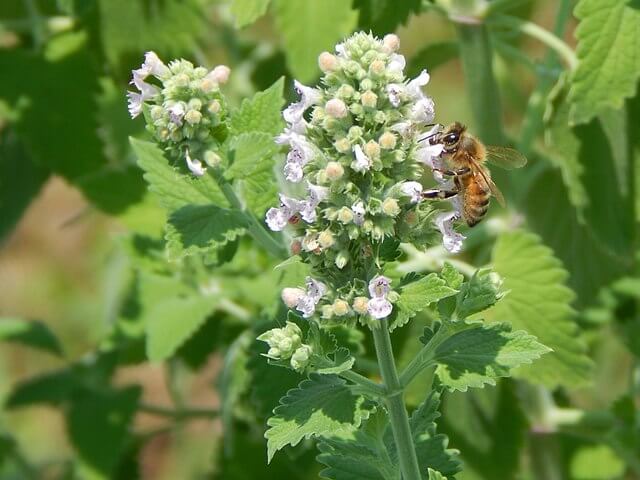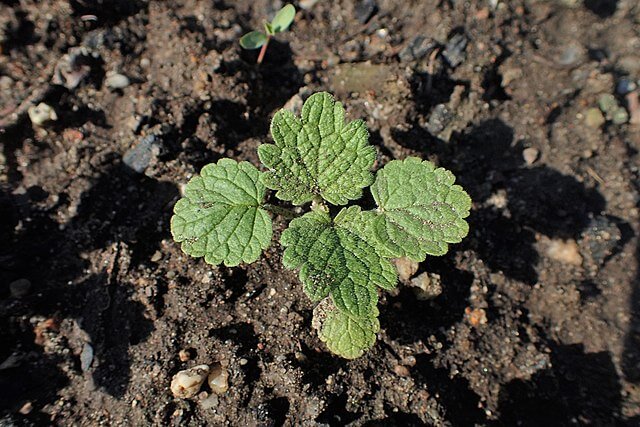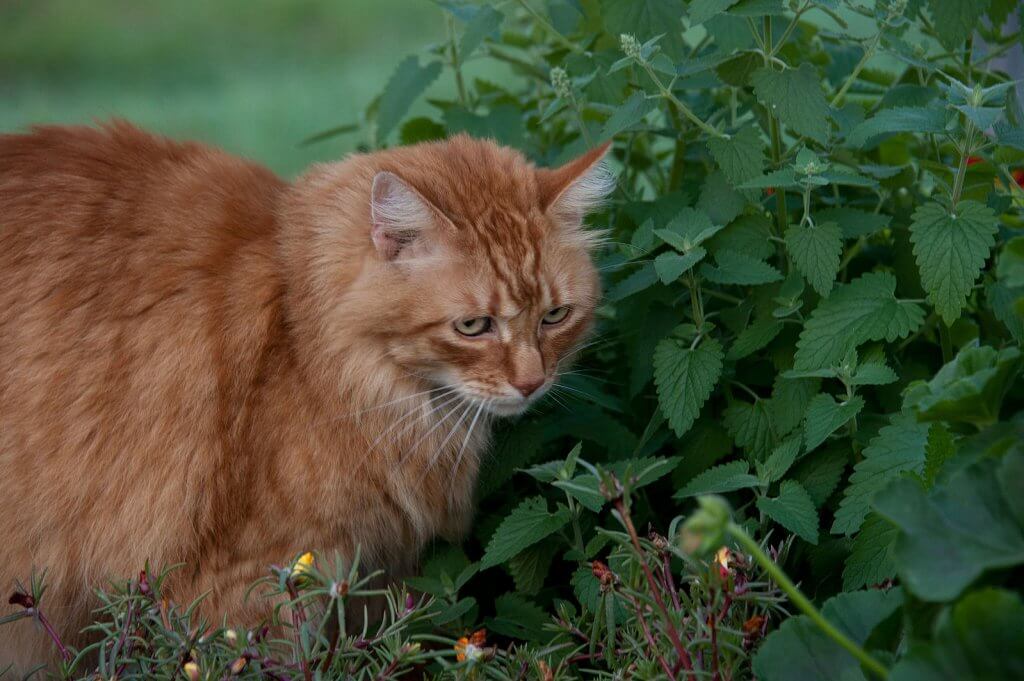A message from EatThePlanet.org: "We are happy you found us! We strive to be informative and accurate. Enjoy what you find here! Take a look at our new downloadable pdf eBook A Complete Guide To Foraging. We put a lot of work into this eBook and are very excited to share it with you." - Joe Forager(Owner)
Catnip (Nepeta cataria) is a herbaceous, perennial, and member of the mint family. You may recognize it by other names including catswort, catmint, and catwort. It was originally native to Europe, the Middle East, and parts of Central Asia. However, you can now find it growing in many locations including North America and New Zealand.
It tends to grow to approximately 100cm tall, with a squared stem and serrated leaves in a triangular shape. When flowering you can expect to see small white, pink or purple flowers in a beautifully ornate shape. The flower scent is very fragrant and it attracts a number of bees and butterflies.

Cultivation and History of Catnip
You will generally find catnip being cultivated for its ornamental value, rather than commercially. Some choose to plant catnip in their garden to attract pollinators, butterflies, and also cats.
When choosing to grow catnip, it is best to place it within a sunny spot with minimal shade and well-drained soil. They are particularly drought resistant, so care should be taken to not water them too much. As a member of the mint family, it is easy to grow and it spreads quite rapidly.

If planting from seed, place them within the garden in early spring as soon as the last frosts have passed. They must be watered frequently, and you should begin to see seedlings after about 10 days. Catnip can also be started indoors within a container. Due to the speed at which it grows, it may be best to keep catnip within a container. The plant can be easily propagated by dividing the root system. This makes catnip easy to share between other gardeners and friends.
To harvest the leaves, trim away sections of stalks making sure to leave a leaf joint for the plant to regrow. The leaves should be air-dried for three weeks to help with preservation, then stored in an airtight container.
Toxicity
You are able to safely consume small doses of catnip, for example in a tea, however, large amounts could make you feel unwell. Catnip has shown evidence in starting menstruation so care should be taken if you suffer from menorrhagia or pelvic inflammatory disease. If you are pregnant or breastfeeding do not take catnip as a herbal remedy or supplement as it could cause miscarriage or damage to the baby.
Uses
Culinary uses of Catnip
The leaves can be added to many different dishes and recipes, from salads and soups to yogurts and sauces. It is also used often within herbal teas to help in reducing anxiety and promote a calming sensation.
Medicinal uses of Catnip
In traditional medicine, catnip had a variety of uses and it is still used today by some herbal enthusiasts. The leaves were infused in teas or crushed and applied directly to the skin, occasionally catnip was also smoked. Many herbal alchemists claimed it would cure headaches and nausea and also help to promote relaxation and sleep.
Some evidence suggests that the substances within catnip can help to repel insects, however, they are not as effective as other repellants that contain DEET.

Did you know…
Catnip has long been known to cause an excited and playful reaction in cats, including cougars, lynxes, and leopards. Many cat toys and products contain a small amount of catnip to induce this playful reaction from them.

Conclusion
If you own cats or love to see them in the garden, this plant is a must for your garden and herb containers. Take care not to plant catnip too close to delicate flowers as cats are known to roll on catnip and trample the stems! The dainty flowers can provide a beautiful and ornamental statement in a garden.
Featured Image: Photo by Cbaile19 on Wikimedia Commons
—————Written by Hannah Sweet
Hannah is a freelance writer and graphic designer from the UK. With a penchant for travelling, photography and all things botanical, she enjoys writing about a wealth of topics and issues, from conservation and slow living, to design and travel. Learn more about her writing and design services at www.sweetmeanders.co
Many of our readers find that subscribing to Eat The Planet is the best way to make sure they don't miss any of our valuable information about wild edibles.
See our privacy policy for more information about ads on this site
—————Written by Hannah Sweet
Hannah is a freelance writer and graphic designer from the UK. With a penchant for travelling, photography and all things botanical, she enjoys writing about a wealth of topics and issues, from conservation and slow living, to design and travel. Learn more about her writing and design services at www.sweetmeanders.co
Many of our readers find that subscribing to Eat The Planet is the best way to make sure they don't miss any of our valuable information about wild edibles.
See our privacy policy for more information about ads on this site






